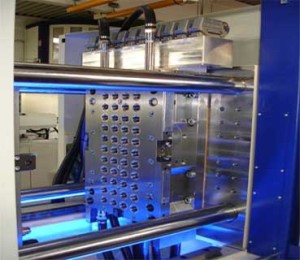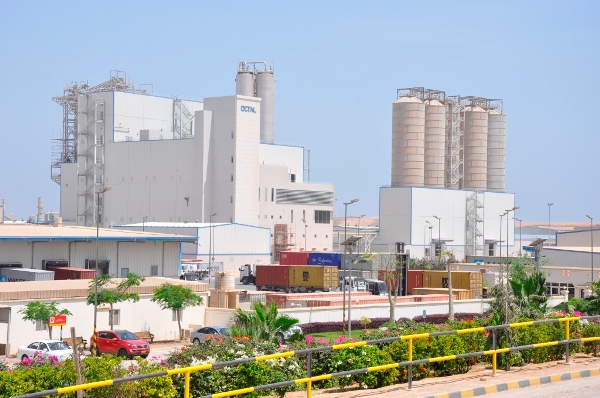Injection molders, blow molders, and thermoformers have a new way to maximize productivity while preventing quality problems due to “mold sweat.” Blue Air Systems of Austria (represented here by Comet Plastics Equipment, Riviera Beach, Fla.) has introduced new “waterless” mold-area dehumidification that is said to save up to 85% in energy costs compared with other mold-dehumidification systems.
Molders and thermoformers often seek to shorten cycle times by running colder water through their molds. But in humid climates, droplets of moisture condensation on the molds can result in “orange peel” surface defects on plastic parts. Processors are thereby forced to raise their water temperature above the ambient dewpoint, sacrificing 2% in cycle time for each 1° C/1.8° F increase in coolant temperature, according to a rule of thumb cited by Blue Air.
The alternative is mold dehumidification, either by use of desiccant wheel dryers or refrigeration systems. Both have the disadvantage of requiring large cooling loads to precool the ambient air before dehumidification. That typically requires substantial amounts of chilled water.
Blue Air’s new DMS (Dry Mold System) refrigeration units are said to be unique in that they need no water for precooling the air. That’s because the DMS system circulates dehumidified air around the mold in a closed loop, bringing the air back to the DMS unit. That return air is still partially dried compared with ambient air, and thereby requires no precooling. The DMS also uses new compressor technology that consumes only as much electric power as necessary to dehumidify air based on its actual moisture content.
The DMS units, which come in various sizes and capacities, are said to be compact and easy to install. They eliminate the need for insulated water pipes to and from the chilled-water source to the dehumidifier. Only an electrical connection is required.
The new DMS system will be displayed at the K 2016 show this October in Dusseldorf, Germany.
Website: www.ptonline.com









